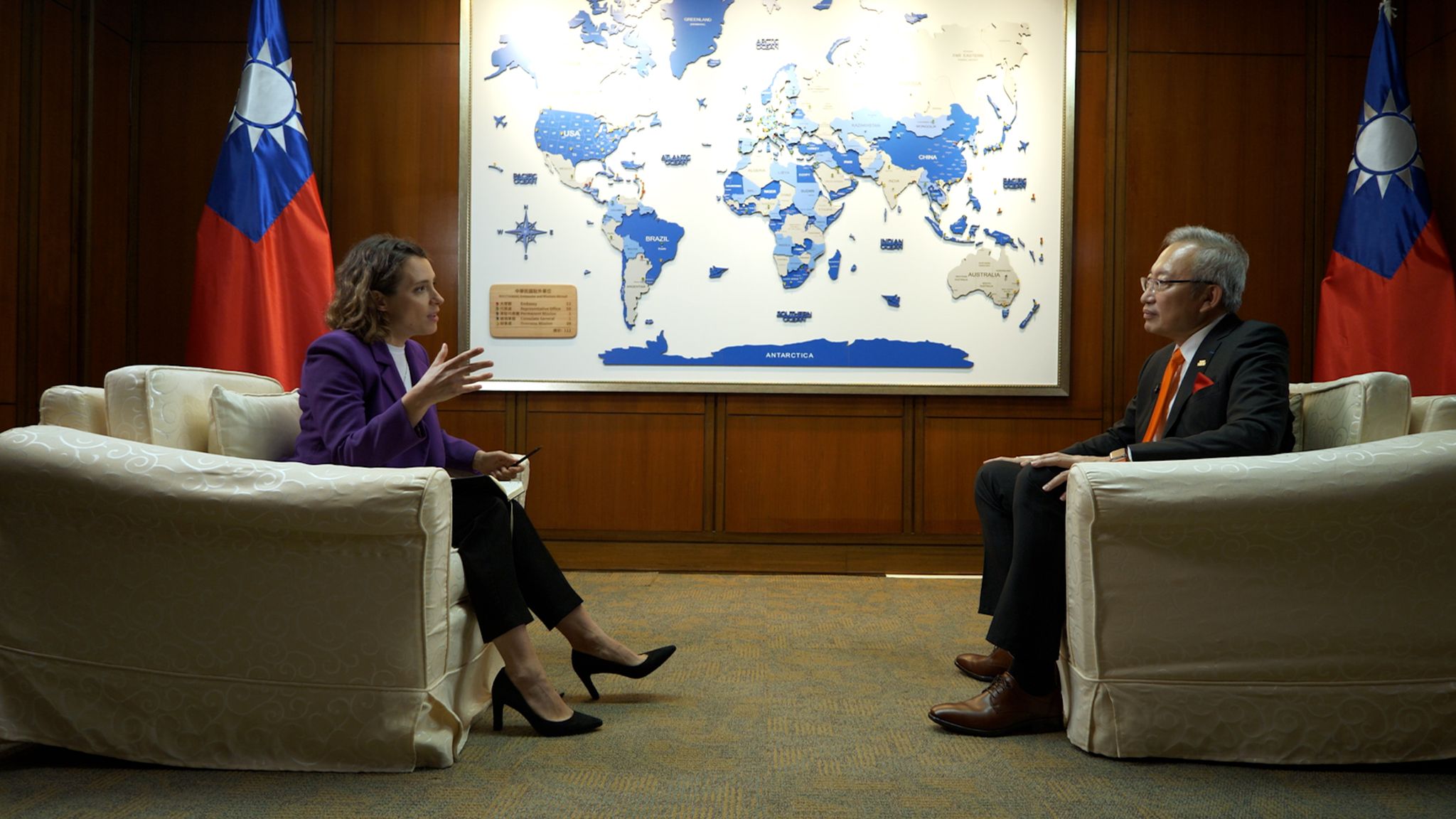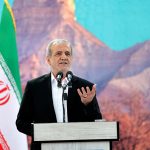Taiwan is confronting one of the most tense moments in its modern history, with officials warning of an impending threat of Chinese invasion and nationwide civil defense drills exposing serious gaps in preparedness. At a simulated explosion site on the strategic island of Penghu, just 50 kilometers off Taiwan’s west coast, emergency crews scrambled to respond—but the drill, part of a national resilience program, has sparked concerns rather than confidence.
Observers from Taipei questioned whether current manpower and resources could handle a real crisis. One senior official, watching a mock aid distribution center staffed by a dozen workers, remarked, “There will be more than 7,000 people queuing up. It’s completely impossible.”
Taiwan’s Deputy Foreign Minister Wu Chihchung issued a blunt warning in an interview with Sky News. “China is preparing to invade Taiwan,” he said. “The population needs to not be naive like in the past.” His remarks underscore the sense of urgency gripping the island, with concerns heightened by a surge in Chinese military activity and the unpredictable stance of US President Donald Trump.
Since the inauguration of Taiwan’s new President Lai Ching-te, Beijing has intensified its pressure. China has conducted large-scale military drills, live-fire exercises, and gray zone tactics—actions designed to wear down Taiwan without direct conflict. The Penghu islands have felt this pressure acutely, with fishermen reporting near-constant encounters with Chinese Coast Guard ships in their own waters.
Beijing has dismissed Taiwan’s accusations. Senior Colonel Zhang Xiaogang of China’s Ministry of National Defence called them “sheer slander,” insisting that Chinese military actions are necessary to safeguard national sovereignty.
Meanwhile, President Lai has responded with a tougher national security policy. His administration has reinstated military court-style systems, deported pro-China influencers, and increased espionage arrests. These moves have further strained cross-strait relations, with Chinese state media portraying him as dangerously provocative.
Adding to Taiwan’s dilemma is growing uncertainty over US support. Donald Trump’s recent remarks and policy shifts have cast doubt on America’s willingness to come to Taiwan’s aid. Trump has imposed tariffs on Taiwanese semiconductors and publicly criticized the island for “stealing” US industry, though he later welcomed a $100 billion investment from chipmaker TSMC to build new factories in the US.
Despite this investment, concerns linger that Taiwan is giving up its greatest strategic asset. Taiwan produces more than 90 percent of the world’s most advanced semiconductors, a fact many believe is central to potential Western intervention in its defense.
On the military front, Taiwan has expanded drone production and asymmetric warfare capabilities inspired by Ukraine’s defense against Russia. But current output falls far short of government goals. Gene Su, general manager of defense contractor Thunder Tiger, called the Russian invasion “a wake-up call,” but admitted Taiwan’s ramp-up is not fast enough.
Even with renewed efforts, Deputy Foreign Minister Wu concedes that Taiwan cannot face China alone. “Taiwan alone, facing China—we will never be ready,” he said. “It’s not possible, China is so big, so huge.”
As the region enters a period of heightened instability, Taiwan continues to walk a delicate line—strengthening its defenses, courting allies, and attempting to preserve a fragile peace that has held for nearly 80 years. That status quo, however, has never felt more fragile.













